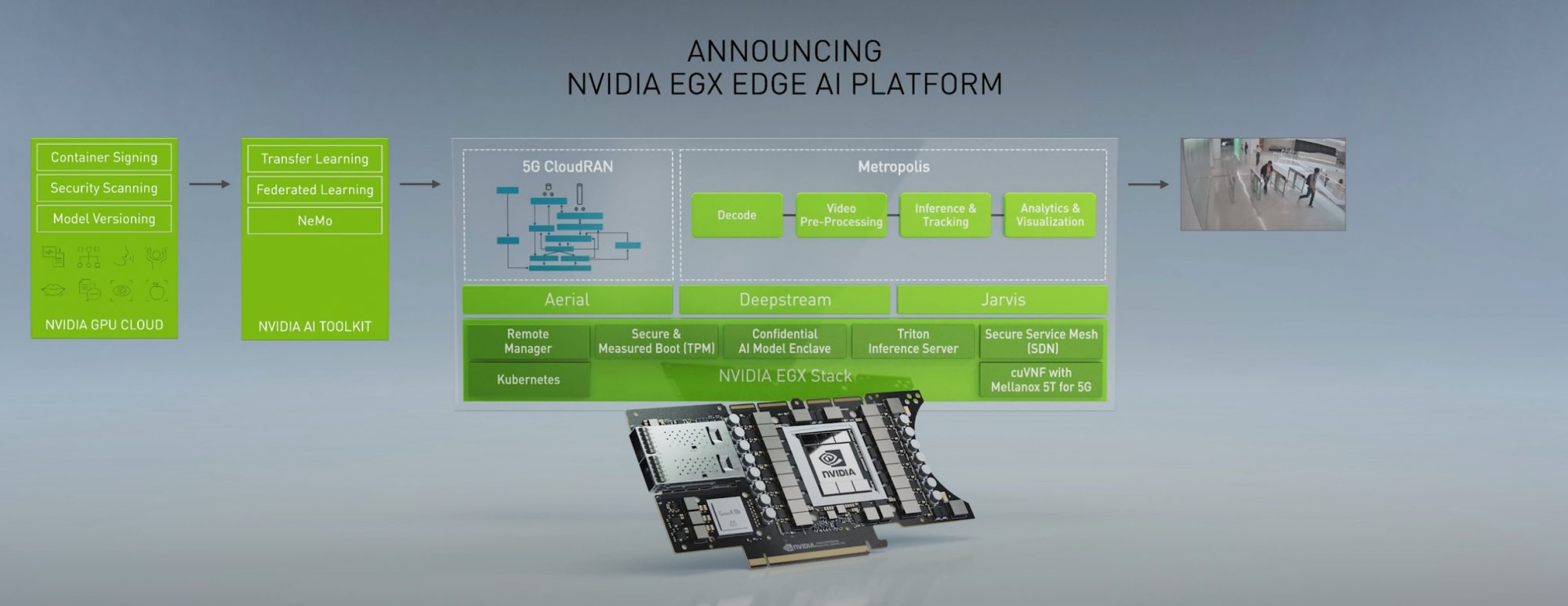Nvidia’s acquisition of Arm still faces regulatory and licensing challenges, and in a webcast on Sept. 14, Jensen Huang, Nvidia CEO, addressed issues surrounding competition as well as licensing to China once the deal completes.
The deal has been in the talks for months and has made nearly everyone wonder about its regulatory well-being. Would owning the design of the chip manufacturer grant Nvidia too much power in the AI market, an area the company’s already aggressively attacking with its graphics processors? Although questions still linger over regulatory decisions, Nvidia maintains that it would continue to be vendor-neutral. Huang says that the Arm purchase will benefit Arm partners by offering even more IP than before.
“We would like to offer the number one, to keep the business model exactly as it was before. Open and fair. And in fact, offer all of those all of our customers even more IP, I think is going to be very exciting,” said Huang.
Nvidia has had previous ventures in low-powered system-on-chips (SoC) using Arm processors. For example, the Nvidia Tegra SoC, currently powers the Nintendo Switch gaming console. Although the Arm acquisition can appear like a move into mobile, Nvidia’s foremost goal is to leverage it to expand its presence in the enterprise AI market space. Bringing Arm under its wing could see the company melding its technologies from both its graphics and processor segment to accelerate its AI ventures.
Arm, previously known as Advanced RISC machine, doesn’t actually make its own chips. Instead, it lets chip manufacturers borrow its processor architecture (and its associated instruction set) through licensing agreements and collect royalties. Qualcomm, Apple, Samsung, Nvidia and many others all produce system-on-chip (SoC) based on Arm’s processor cores.
According to Digitimes, Arm generated US$1.8 billion in revenue in 2019 and US$1.0 billion in the first half of 2020. Despite its lucrative outlook, SoftBank had to sell Arm to recuperate its losses in defunct startups.
Arm also grants a degree of flexibility in architecture customization. Chipmakers can modify Arm’s processor designs and brand them as their own. A poignant example is Qualcomm’s Kryo CPU cores that are modified versions of Arm Cortex.
The deal has been in the talks for months and has made nearly everyone wonder about its regulatory well-being. Would owning the design of the chip manufacturer grant Nvidia too much power in the AI market, an area the company’s already aggressively attacking with its graphics processors?

In March, Nvidia acquired Mellanox, a network and interconnect company, for US$6.9 billion. According to the press brief, Mellanox interconnects can be found in over 250 of today’s top 500 fastest supercomputers and have a presence in every major cloud service provider and computer maker.
With the acquisition now complete, Nvidia has three computing platforms: Arm for CPUs, Nvidia’s graphics for hardware-accelerated tasks and AI, and Mellanox for the network.
Nvidia’s goal is, of course, to drive its data centre products by creating a fully integrated system. In an investor’s call, Huang touted Nvidia’s capability to develop Arm with its other products to be its greatest advantage. By combining with its other technologies, Huang says Nvidia can succeed where other companies have failed in carving out a space for Arm in the servers processors market.
“For the very first time, we’ll be able to create a choice for the data centre world that is absolutely world-class that is complete, the fully integrated, fully developed and optimized stacks, and as result data centres, whether it’s in the cloud, for whatever applications, or in the enterprise or at the edge to take advantage of this fully optimized stack.”

In addition to data centres, giving Arm customers access to Nvidia IPs can also drive Nvidia’s graphics and AI business. Huang highlighted that Arm sold 22 billion chips in 2019, while Nvidia sold millions. The contrast in volume sold opens a lucrative market for Nvidia to tap into.
“The simple way that we’re thinking about it is ‘wouldn’t be great if Nvidia IP, Nvidia GPU cores and AI cores were made available through that network and customers could take advantage of it?’” said Huang.
With trade tension between China and the U.S. at an all-time high, U.S. and Chinese technology companies are facing major roadblocks when trying to do business. The U.S. banned Huawei, China’s largest technology company, from its 5G networks due to security concerns. It subsequently prohibited semiconductor fabs that use U.S. patents from manufacturing chips to Huawei. The ban caused the Taiwanese semiconductor manufacturing company (TSMC) to stop its business with Huawei, setting an example of how IP can be used to control business.
As such, investors and Arm customers are worried about potential business restrictions when Arm transitions from a Japanese to a U.S.-owned company. They worry that the exchange of hands could see licenses being restricted from Arm partners in China. Nvidia reassured its customers that it will continue to develop IPs in the U.K.
“The important thing to realize is that the company ownership of the IP is not the relevant issue,” said Huang. “The origin of the IP is the relevant factor in export control. The IP of Arm was originally created, developed over three decades in Cambridge… and so the IP will essentially stay in the UK. The headquarters of Arm will be in the UK. We’re going to continue to advance the technology in the UK in Arm. In Arm, in Cambridge…is a pool of some of the finest computer scientists in the world, so of course, we’re going to continue to invest there and build there. So the origin of the technology won’t change…the fact that that Arm now belongs to an American company versus a Japanese company, that doesn’t change export controls in any way.”
The deal is expected to close in 18 months after a regulatory review by the U.S., E.U., and China.
